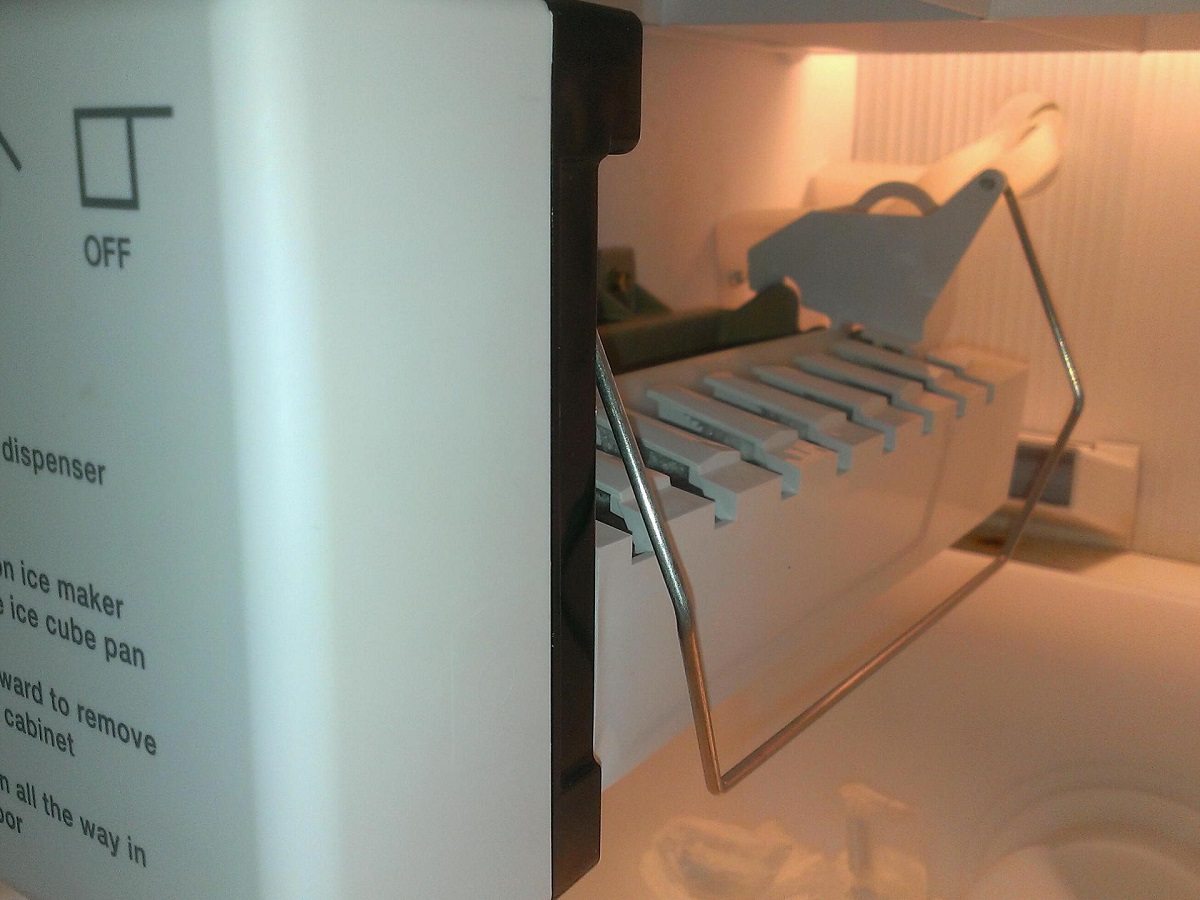

Articles
What Is The Feeler Arm On The Ice Maker
Modified: May 6, 2024
Learn about the purpose and function of the feeler arm on an ice maker in this informative article. Find out how it contributes to the ice-making process and troubleshooting common issues.
(Many of the links in this article redirect to a specific reviewed product. Your purchase of these products through affiliate links helps to generate commission for Storables.com, at no extra cost. Learn more)
Introduction
Ice makers have become a common appliance in many households, providing the convenience of always having ice readily available. Whether it’s for a refreshing drink or to keep food and beverages cool, ice makers have become an essential part of our daily lives. But have you ever wondered about the inner workings of these handy devices?
One crucial component of an ice maker is the feeler arm. It plays a vital role in the ice-making process, ensuring that ice cubes are produced efficiently and preventing any overflow or potential damage to the machine. In this article, we will take a closer look at the feeler arm, its purpose, how it works, and some common issues that can arise.
So, let’s dive in and explore the fascinating world of ice makers and the critical role the feeler arm plays in their operation.
Key Takeaways:
- The feeler arm in an ice maker is like a guardian, ensuring efficient ice production and preventing overflow. Understanding its purpose and troubleshooting common issues can prolong the lifespan of your ice maker.
- By detecting ice levels and controlling the ice-making cycle, the feeler arm ensures consistently formed and separate ice cubes. Troubleshooting misalignment, obstructions, and freezing can restore your ice maker’s functionality.
Read more: What Is A Craft Ice Maker
Overview of Ice Makers
Ice makers are appliances designed to produce ice cubes or crushed ice quickly and efficiently. They are commonly found in refrigerators, standalone freezers, and even countertop models. The process of making ice involves a combination of freezing and harvesting, all controlled by a series of components working together.
In a typical ice maker, water is supplied through a water line connected to the machine. This water is then directed into a reservoir or a mold, where it is frozen into ice cubes. Once the ice has formed, the harvesting process begins, where the ice cubes are loosened and guided into a collection bin or dispenser, ready to be used.
Ice makers operate using various mechanisms, such as mechanical timers, electronic sensors, and even infrared technology. These mechanisms control the freezing and harvesting process, ensuring that the ice maker operates smoothly and efficiently.
Now that we have a general understanding of how ice makers work, let’s zoom in on one specific component that plays a crucial role in the ice-making process – the feeler arm.
Understanding the Feeler Arm
The feeler arm, also known as the ice level arm or ice shut-off arm, is a small, movable component located inside an ice maker. It is typically made of plastic or metal and is attached to a hinge or pivot point within the ice maker assembly.
The primary function of the feeler arm is to sense the level of ice in the ice maker and control the production and harvesting of ice cubes. When the ice level reaches a certain height, the feeler arm is triggered and interrupts the ice-making cycle, preventing the ice maker from overfilling and causing water or ice to overflow.
Feeler arms come in different shapes and forms depending on the design of the ice maker. Some feeler arms are straight, while others may have a curved or L-shaped configuration. The specific design and placement of the feeler arm may vary, but their purpose remains the same – to regulate the ice production process.
It’s important to note that not all ice makers have a feeler arm. Some models utilize other mechanisms, such as electronic sensors or infrared technology, to detect the ice level and control the ice-making process. However, in ice makers with a feeler arm, it serves as a critical component for maintaining the proper ice level and preventing any potential malfunctions.
Now that we have a basic understanding of the feeler arm, let’s delve into its purpose and how it works in more detail.
Purpose of the Feeler Arm
The primary purpose of the feeler arm in an ice maker is to ensure that the ice production process is properly controlled and that the ice maker doesn’t overflow with ice or water. It serves as a mechanism to detect the level of ice in the ice maker and halt the ice-making cycle when the desired ice capacity is reached.
When the ice level in the ice maker reaches a specific height, the feeler arm is triggered and moves into a raised or horizontal position. This motion signals the ice maker to stop producing ice, preventing any excess ice from being made and avoiding any potential damage to the machine or surrounding areas.
The feeler arm acts as a safety measure, preventing situations where ice and water overflow, leading to leaks, spills, or damage to the ice maker mechanism. By interrupting the ice-making cycle, the feeler arm ensures that the ice maker operates within its intended capacity and maintains efficient ice production.
Additionally, the feeler arm helps to maintain the quality of the ice cubes produced. If the ice level is too high, there is a higher chance of the ice cubes sticking together or becoming misshapen. By controlling the ice production and preventing overfilling, the feeler arm helps to ensure that the ice cubes are consistently formed and separate, ready for use.
The purpose of the feeler arm is crucial in preventing any ice-related mishaps and maintaining the proper functioning of the ice maker. It not only protects the integrity of the machine but also contributes to the overall efficiency and quality of the ice produced.
Now that we understand the purpose of the feeler arm, let’s dive into how it operates and interacts with the ice maker.
How Does the Feeler Arm Work?
The feeler arm operates through a simple mechanical mechanism within the ice maker. When the ice level reaches a specific height, the feeler arm is triggered to move into a raised or horizontal position, interrupting the ice-making cycle. This movement is typically facilitated by a hinge or pivot point attached to the ice maker assembly.
As the ice cubes accumulate in the ice maker, they push against the feeler arm, exerting pressure on it. Once the ice level reaches the predetermined threshold, the pressure on the feeler arm becomes sufficient to activate the mechanism and trigger its movement.
When the feeler arm is raised or moved into a horizontal position, it acts as a barrier or stopper, preventing further ice production. This interrupts the flow of water into the ice mold, halting the freezing process and ensuring that the ice maker doesn’t overfill.
As the ice cubes are used or melt, the level of ice in the ice maker decreases. This reduction in pressure allows the feeler arm to return to its original position, typically lowered or angled downward. Once the feeler arm resumes its original position, it signals the ice maker to resume its ice-making cycle, and the process continues.
The movement of the feeler arm is typically accompanied by a clicking or snapping sound, indicating that the mechanism has been triggered. This sound is often audible and can serve as an audio cue for users to be aware of the ice maker’s operation and ice level.
It’s worth noting that the exact design and mechanics of the feeler arm can vary between different ice maker models. Some ice makers may have a more complex or sophisticated mechanism that integrates electronic sensors or infrared technology to detect the ice level and control the feeler arm’s movement.
Understanding how the feeler arm works allows users to appreciate its role in regulating the ice production process. By detecting the ice level and interrupting the ice-making cycle at the right time, the feeler arm ensures efficient operation and prevents any potential overflow or damage.
Now that we comprehend the function and operation of the feeler arm, let’s explore some common issues that can arise with this component.
Common Issues with the Feeler Arm
While the feeler arm is a crucial component of an ice maker, it can encounter some common issues that may affect its functionality. Understanding these issues can help in troubleshooting and resolving any problems that may arise. Here are some of the common issues associated with the feeler arm:
1. Misalignment
One common issue is the misalignment of the feeler arm. This can happen due to regular use, accidental bumps, or improper installation. When the feeler arm is misaligned, it may not accurately detect the ice level, leading to overfilling or inadequate ice production. Checking and repositioning the feeler arm to ensure it is aligned properly can often resolve this issue.
2. Stuck or Jammed Feelers
In some cases, the feeler arm or its mechanism can become stuck or jammed. This can be caused by ice buildup, debris, or mechanical issues. A stuck feeler arm may prevent the ice maker from producing ice or cause continuous ice production without interruption. Cleaning the feeler arm and its surrounding area, as well as ensuring smooth movement of the mechanism, can help resolve this issue.
3. Damaged Feeler Arm
Over time, the feeler arm may experience wear and tear, leading to cracks, breaks, or other forms of damage. A damaged feeler arm may not function properly, affecting its ability to detect the ice level accurately and interrupt the ice-making cycle. In such cases, replacing the feeler arm with a new one is often necessary.
Read more: What Is A Nugget Ice Maker
4. Malfunctioning Sensors
In ice makers that utilize electronic sensors or infrared technology in conjunction with the feeler arm, sensor malfunctions can occur. This can result in inaccurate readings or failure to detect the ice level correctly. Troubleshooting the sensors or seeking professional assistance may be required to resolve this issue.
5. Frozen Feelers
In colder environments or if the ice maker is not used frequently, the feeler arm and its mechanism can freeze up. This can impede its movement or cause it to get stuck in a raised position, preventing proper ice production. Thawing the feeler arm and ensuring it is free from ice buildup can help alleviate this issue.
These are some of the common issues that can arise with the feeler arm in an ice maker. By being aware of these issues and their potential causes, users can undertake appropriate troubleshooting steps or seek professional assistance when necessary to resolve any problems and restore the proper functioning of the ice maker.
Now, let’s move on to learning how to troubleshoot and fix these issues related to the feeler arm.
Troubleshooting and Fixing Feeler Arm Problems
When encountering issues with the feeler arm in an ice maker, there are several troubleshooting steps you can take to identify and resolve the problem. Here are some common troubleshooting methods for fixing feeler arm problems:
1. Check for Misalignment
If the feeler arm is not detecting the ice level correctly, it may be misaligned. Carefully inspect the feeler arm and its placement within the ice maker. Ensure that it is correctly positioned and aligned with the ice level. Adjusting the feeler arm to the correct position can rectify misalignment issues.
Read more: What Is The Best Counter Ice Maker
2. Clean and Remove Obstructions
Obstructions such as ice buildup, debris, or food particles can interfere with the movement or sensor function of the feeler arm. Gently clean the area surrounding the feeler arm, removing any obstructions that may be causing the issue. This can improve the accuracy and functionality of the feeler arm.
3. Thaw Frozen Feelers
If the feeler arm or its mechanism has frozen due to low temperatures or infrequent use, thawing the frozen parts can restore normal functioning. Turn off the ice maker and allow it to thaw naturally, ensuring that the feeler arm and its surrounding components are free from ice buildup. Once thawed, the feeler arm should resume its proper operation.
4. Replace Damaged Feeler Arm
If the feeler arm is cracked, broken, or otherwise damaged, it may need to be replaced. Contact the manufacturer or a professional technician to obtain a replacement feeler arm that is compatible with your specific ice maker model. Follow the manufacturer’s instructions or seek professional assistance when replacing the feeler arm.
5. Address Sensor Malfunctions
If your ice maker utilizes electronic sensors or infrared technology in conjunction with the feeler arm, and you suspect sensor malfunctions, refer to the user manual for troubleshooting steps specific to your model. This may involve resetting the sensors, cleaning them, or contacting customer support for further assistance.
It’s important to note that these troubleshooting steps are general guidelines and may vary depending on your ice maker’s make and model. Always consult your user manual or reach out to the manufacturer or a professional technician for specific advice and guidance.
By following these troubleshooting methods, you can often identify and resolve common feeler arm problems in your ice maker, restoring its functionality and ensuring efficient ice production.
Now, let’s wrap up our discussion on the feeler arm.
Read more: What Is A Dual Ice Maker Refrigerator
Conclusion
The feeler arm is a critical component in an ice maker that plays a crucial role in regulating the ice production process. It detects the ice level and controls the ice-making cycle, preventing overflow and ensuring efficient operation. Understanding how the feeler arm works and being aware of common issues that can arise allows users to troubleshoot and resolve problems effectively.
Feeler arm issues such as misalignment, obstructions, freezing, or damage can impact the functionality of the ice maker. By following recommended troubleshooting steps, such as checking for misalignment, cleaning obstructions, thawing frozen parts, or replacing damaged feeler arms, users can often restore the proper operation of their ice makers.
It’s important to remember that troubleshooting steps may vary based on the specific make and model of your ice maker. Always consult the user manual or seek professional assistance if needed.
The feeler arm not only ensures the proper functioning of the ice maker but also contributes to the quality and efficiency of the ice cubes produced. By preventing overfilling and maintaining the desired ice level, the feeler arm helps to deliver consistently formed and separate ice cubes for your cooling needs.
So the next time you enjoy a chilled beverage or fill up an ice bucket, take a moment to appreciate the fascinating inner workings of your ice maker and the vital role played by the feeler arm.
In conclusion, the feeler arm in an ice maker serves as a guardian, ensuring that your ice production process remains efficient and hassle-free. By understanding its purpose, how it works, and troubleshooting common issues, you can enjoy the convenience of always having ice at your fingertips while prolonging the lifespan of your ice maker.
Now that you're savvy about the feeler arm's role in your ice maker, keeping your appliance in tip-top shape is next on the agenda. For those keen on extending the lifespan of their kitchen gadgets, learning how to maintain your refrigerator's ice maker is crucial. Regular cleaning not only boosts efficiency but also ensures the quality of ice it churns out. Don't miss our detailed guide on keeping your ice maker pristine and functional with some simple, effective tips.
Frequently Asked Questions about What Is The Feeler Arm On The Ice Maker
Was this page helpful?
At Storables.com, we guarantee accurate and reliable information. Our content, validated by Expert Board Contributors, is crafted following stringent Editorial Policies. We're committed to providing you with well-researched, expert-backed insights for all your informational needs.
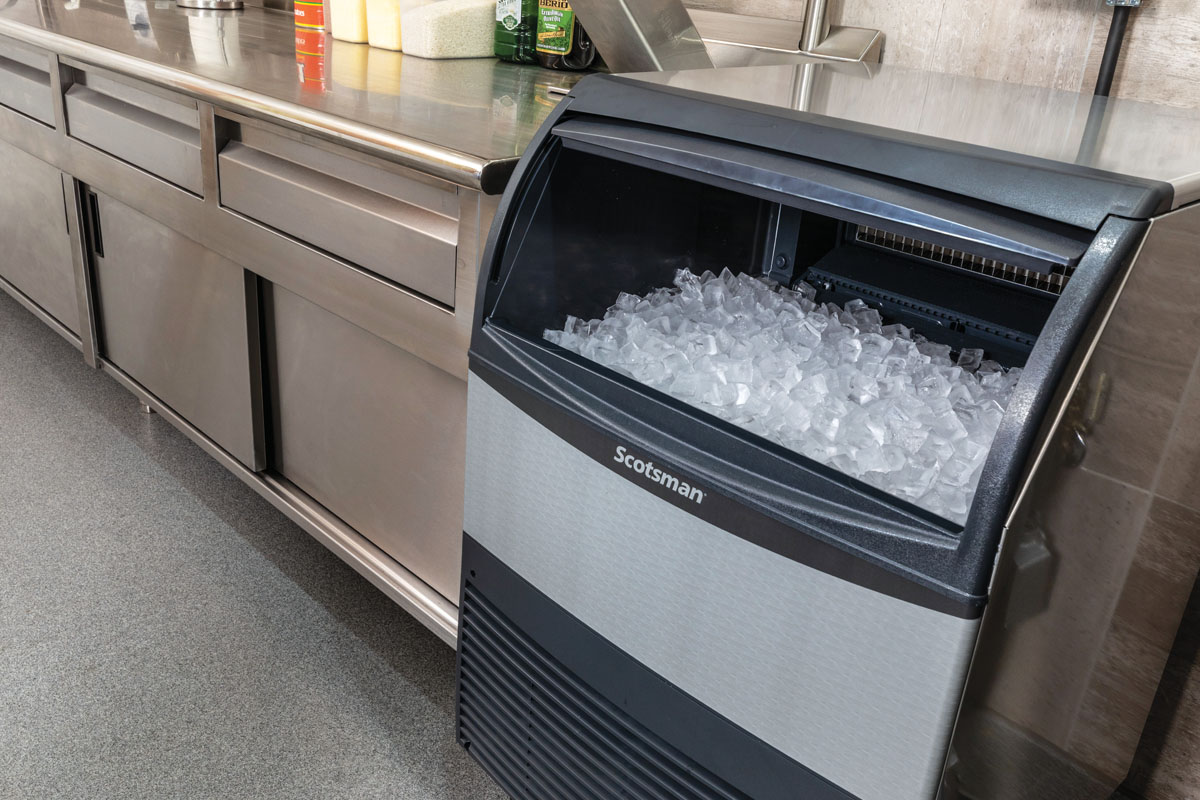
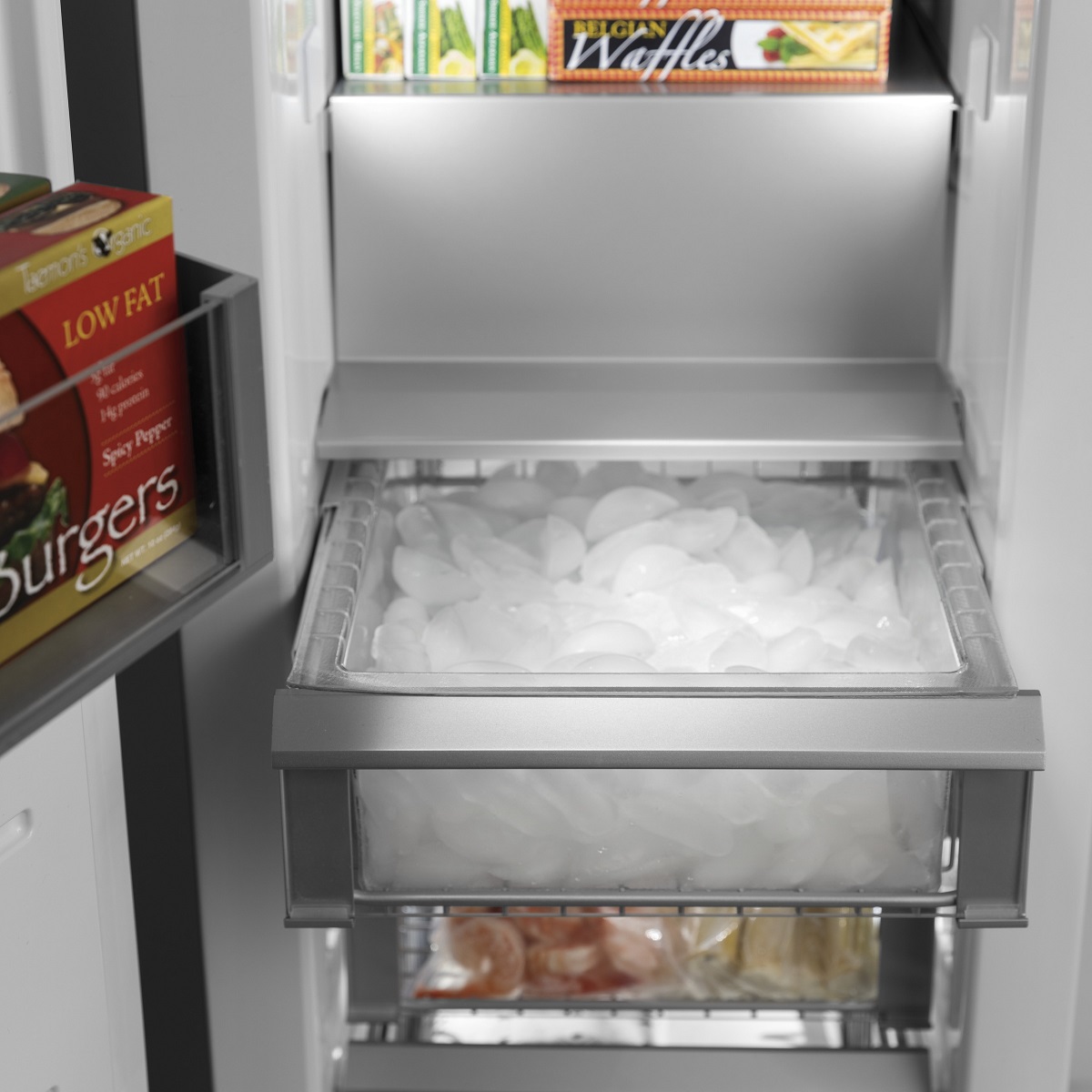
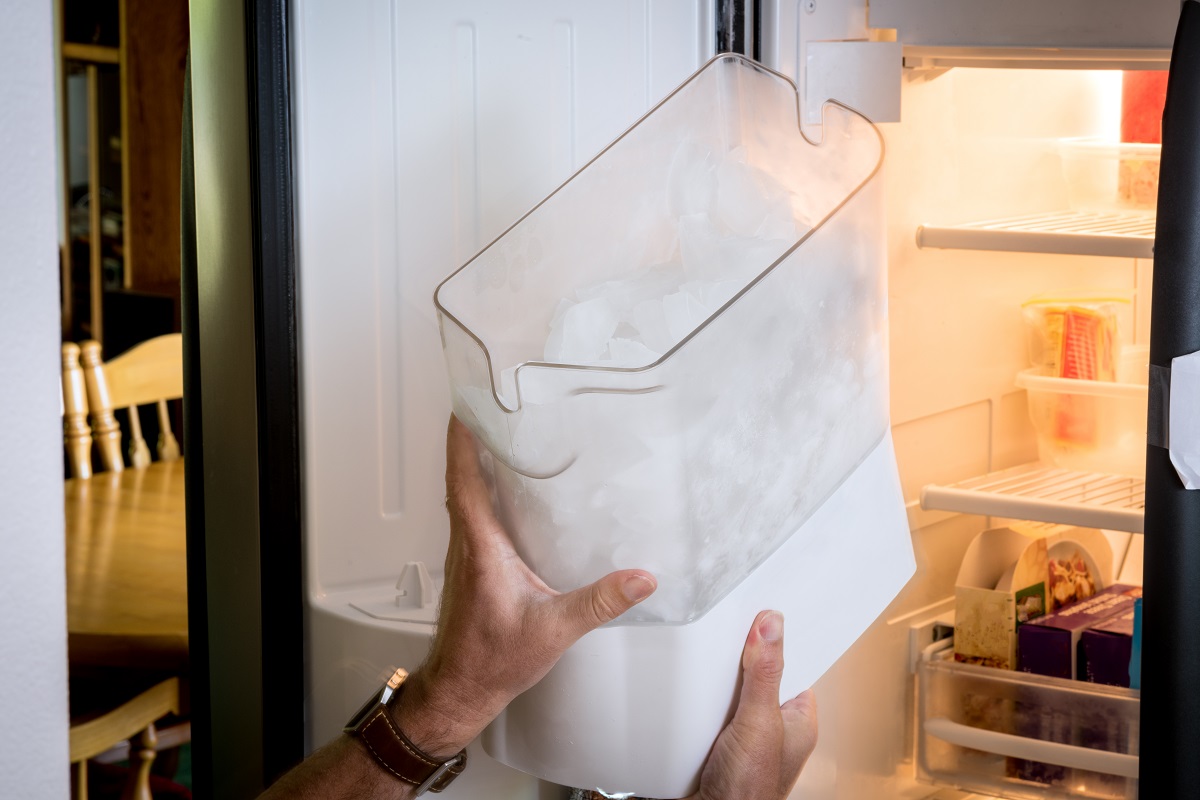
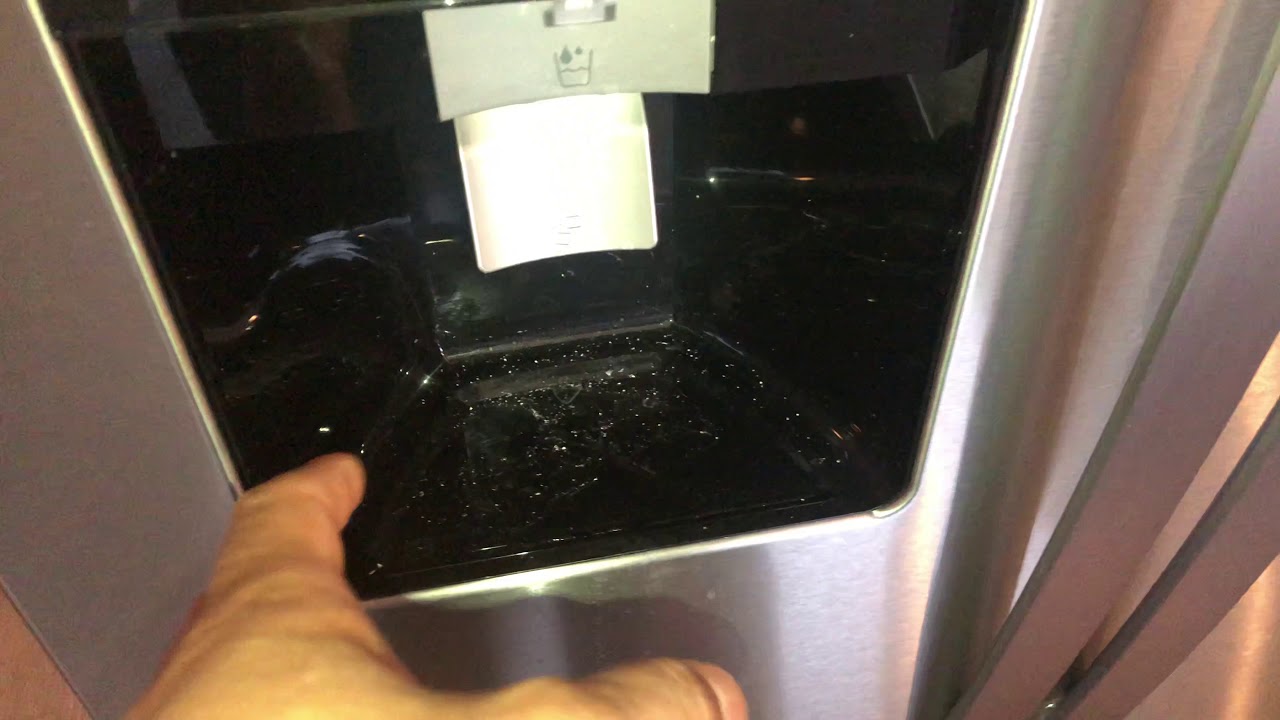
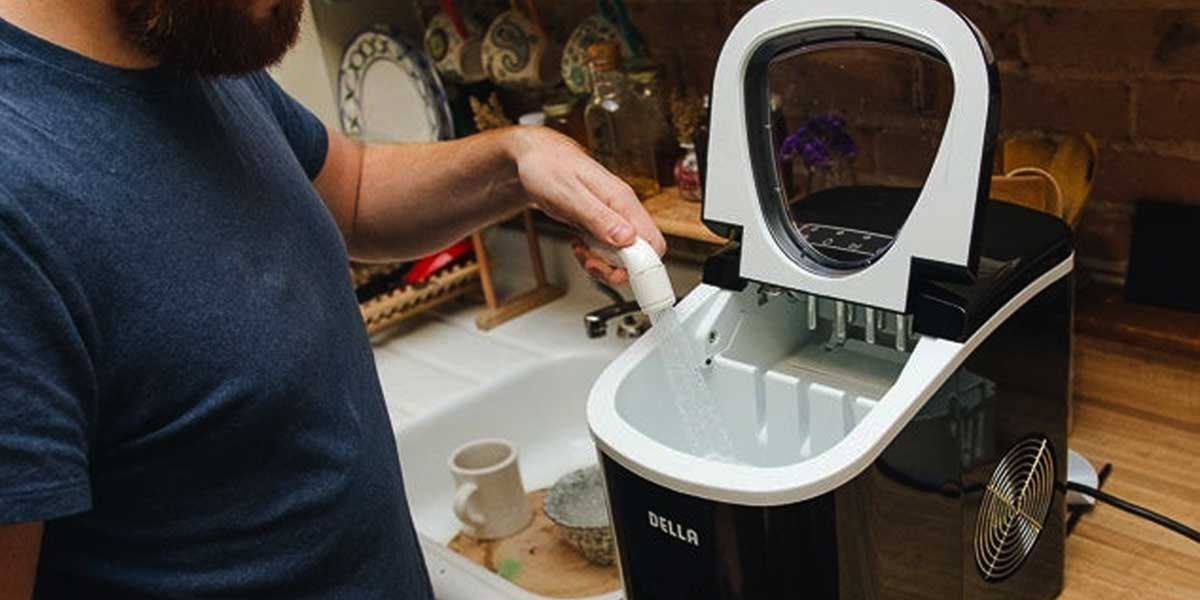
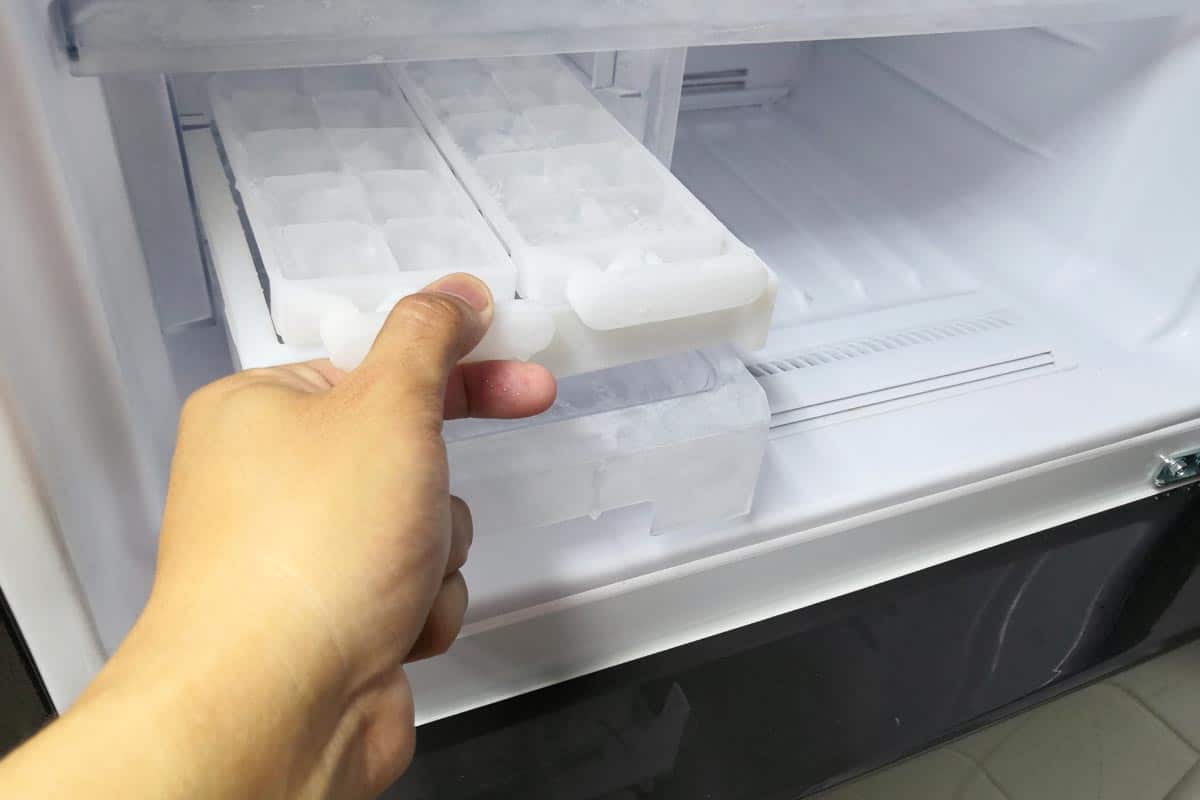
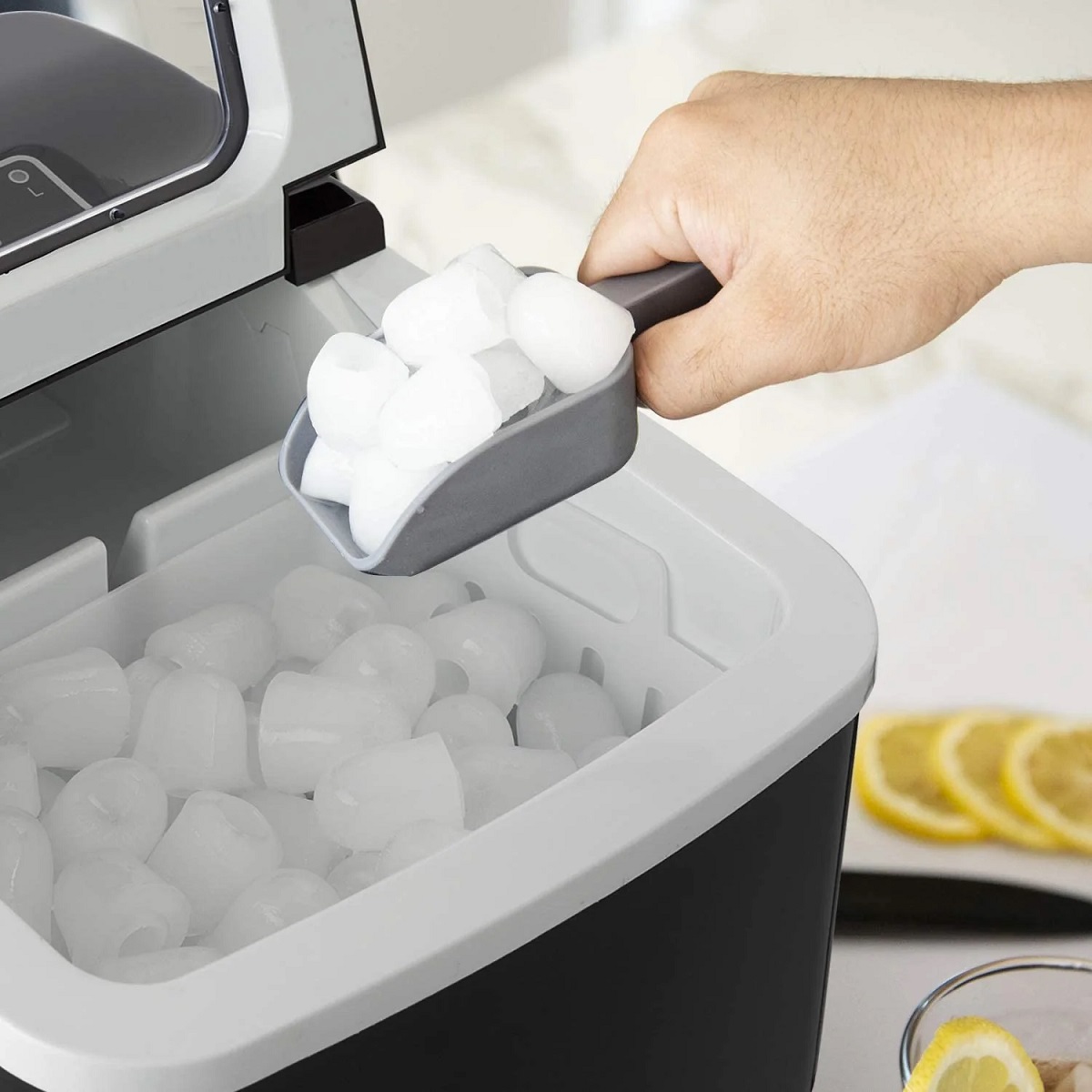
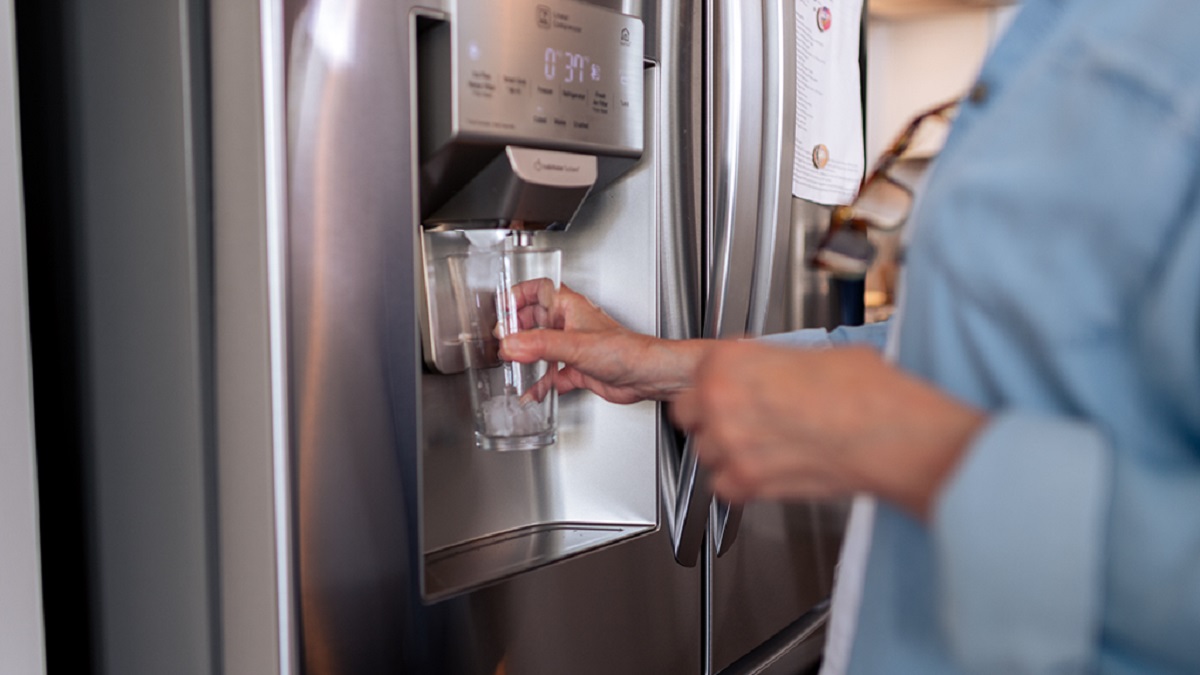
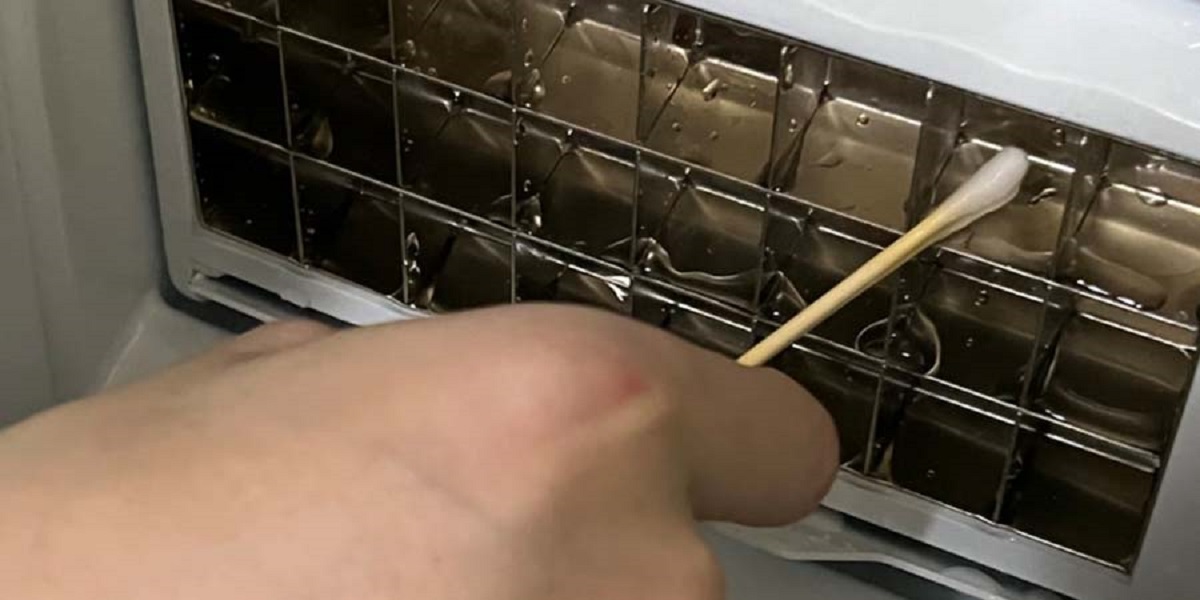
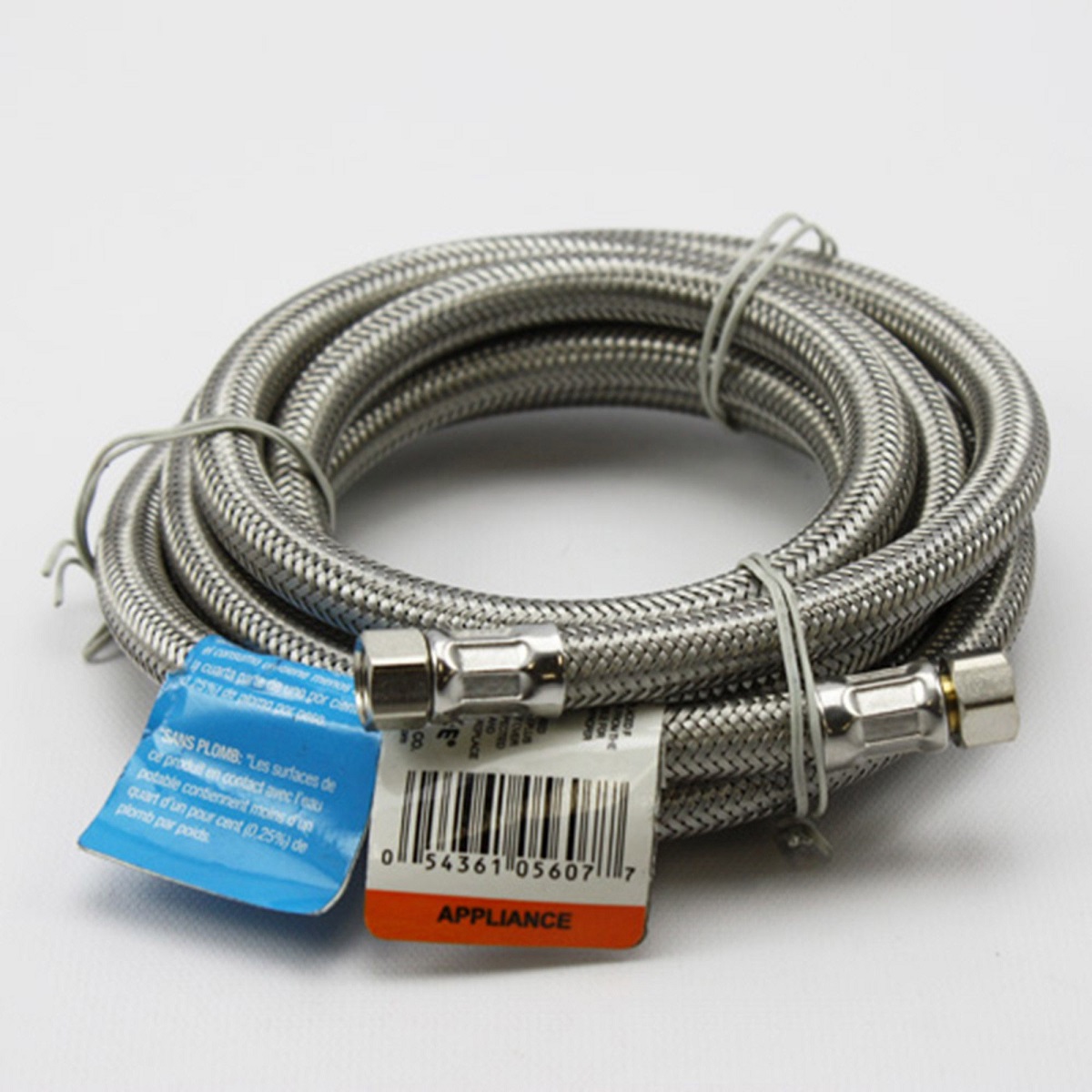
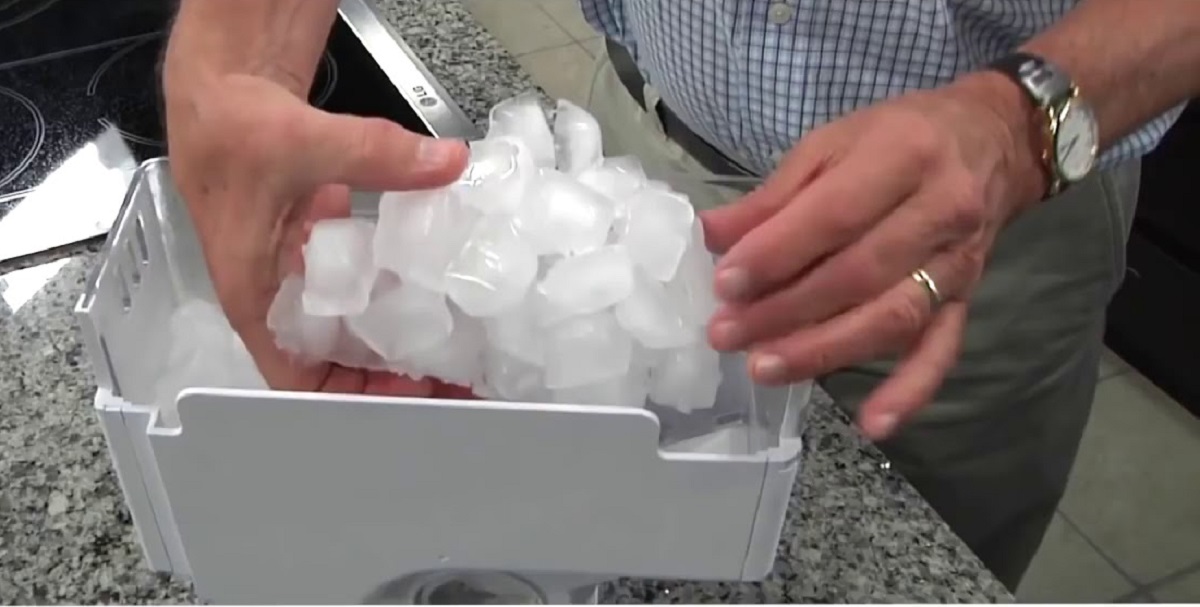

0 thoughts on “What Is The Feeler Arm On The Ice Maker”